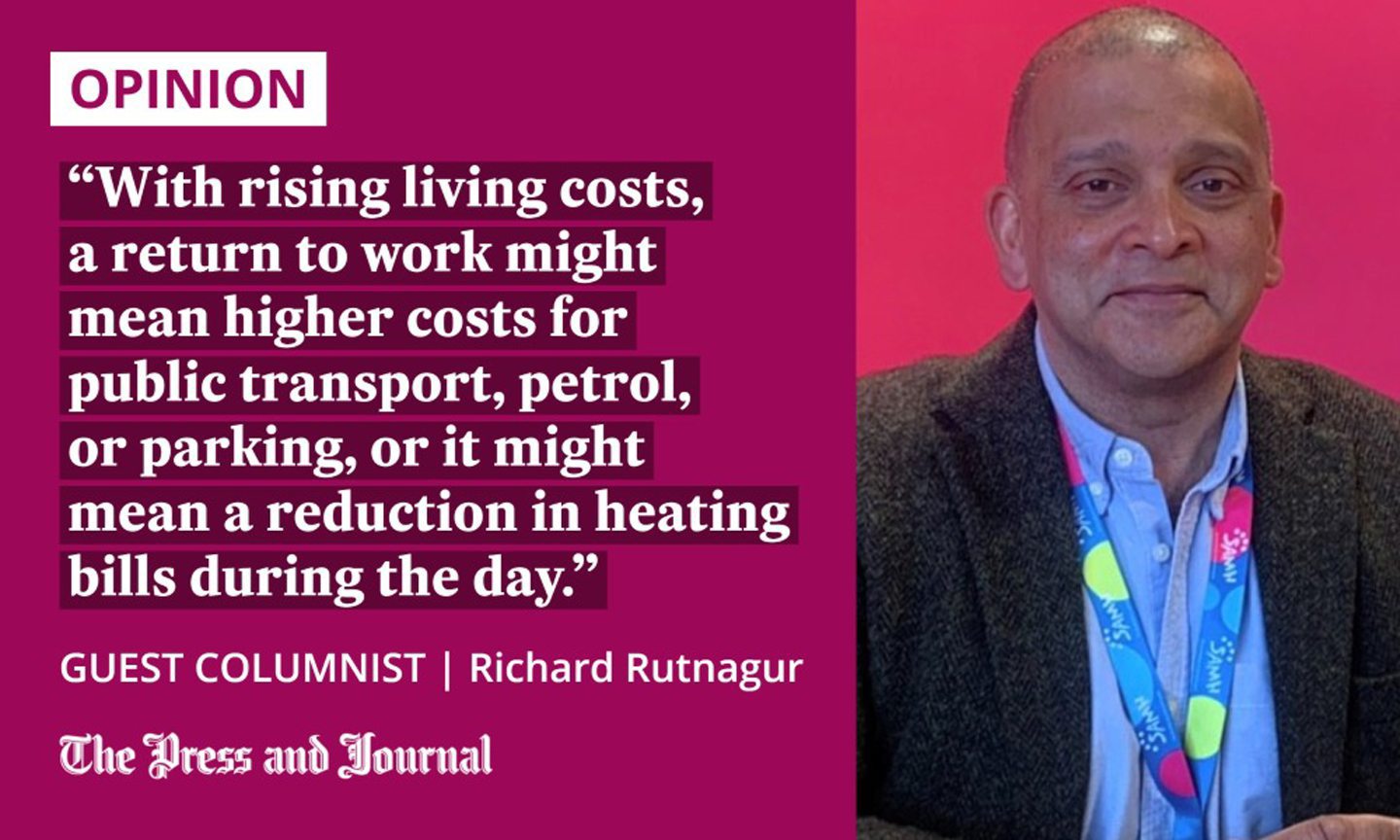This week (May 9-15) is Mental Health Awareness Week, an opportunity for us all to reflect and make some time to look after our wellbeing.
At Scottish Association for Mental Health (SAMH), we know all too well the importance of mental health – in fact, we’ve been working to improve the lives of people with mental health problems for almost a century.
A lot has changed in that time and, slowly but surely, conversations about mental health have become much more common. Indeed, in the last couple of years, there’s no denying that the pandemic has forced many of us to pay more attention than ever to our wellbeing.

One area where it’s becoming increasingly apparent that mental health should be a priority is within the workplace.
A recent report from the Mental Health Foundation estimated that, in 2019, the cost of mental health problems to the UK economy was in the region of £117 billion – £8.8 billion in Scotland alone. A comparable report from Deloitte found that the annual cost of poor mental health from absenteeism, presenteeism, and labour turnover increased by 25% in 2020-21.
So, what can employers do about this?
Work is only one small part of an employee’s life
While there are always going to be external factors that are outwith our control, as an employer, there’s much we can do. For me, what’s crucial here is understanding that home and work life are intrinsically linked: employees need to be mentally healthy in and out of work if they’re to thrive.
As an employer, the temptation can be to look at the workplace in isolation. Instead, let’s think about it as just one part of an employee’s life, and consider what else is going on.
Most of us have had two years of working from home, with organisations at different stages of returning to normality, or designing a new normal.
Some staff may be desperate to get back to the buzz of the workplace, while others will find the transition stressful. For some, working from home will fit in better with family or caring responsibilities; for others the workplace might offer some much needed space from the home.
If we look at working conditions in isolation, we fail to acknowledge that individuals have different circumstances and, in turn, different stressors
With rising living costs, a return to work might mean higher costs for public transport, petrol, or parking, or it might mean a reduction in heating bills during the day.
If we look at working conditions in isolation, we fail to acknowledge that individuals have different circumstances and, in turn, different stressors. However, by empowering employees to choose ways of working that suit them, we can, in turn, relieve some of these stressors, and allow them to strike the right balance for their wellbeing.
Improving mental health boosts profits
Of course, in some cases, mental health problems require more intensive interventions, and there’s much more that employers can do in that situation.
We would always advocate for fair sick pay and policies, and encourage an employee assistance programme, offering further support and helping to aid recovery.
If you’re experiencing depression it can be hard to find the energy to look after yourself. But taking taking steps to help yourself cope with your experiences can make a big difference to how you feel.
Find out more: https://t.co/WH2rEnMavd | #MentalHealthAwarenessWeek pic.twitter.com/PhgTZqUW0r
— SAMH (@SAMHtweets) May 10, 2022
Employee wellbeing should always be the priority, but all of these supports make financial sense for businesses, too – in fact, we know that measures taken by employers to improve the mental health of their employees will yield a return on average of £5 for every £1 spent.
So, this Mental Health Awareness Week, I would ask all employers, big and small, to really turn their attention to what they can do to help facilitate a more mentally healthy working environment for their employees, all year round.
- For more information about SAMH’s workplace training, visit their website
Richard Rutnagur is director of strategic and business development for Scottish Association for Mental Health (SAMH)


Conversation